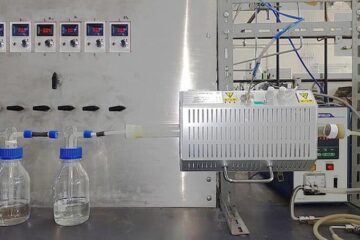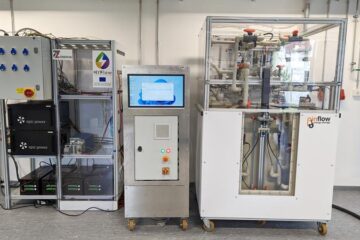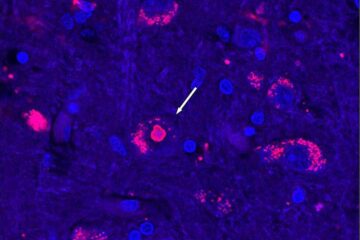Where now for agent-based computing?

What is the future direction for agent-based systems, one of the most important software R&D areas in recent years? Drawing from a body of some 200 industry and academic organisations, a European project has released a strategic roadmap that hopes to guide evolution of the field over the next decade.
AgentLink III, as its name suggests, was the third project in the series and author of the roadmap. Funded by the IST programme, it addressed the current state-of-the-art and postulated likely future directions for agent-based technologies, an activity seen as essential to help industry target its investment and to inform policy-makers on areas of particular importance.
In essence, an agent is an autonomous software system: a system that can decide for itself what it needs to do. Underpinning many aspects of broader information technology, some of the most compelling developments in IT – the semantic Web, ambient intelligence, the Grid, autonomic systems – require agent technologies or something similar for their realisation.
Roadmap coordinator Michael Luck of Southampton University in the UK gave some examples of how agent-based computing has already helped some project partners in their business. “Daimler-Chrysler for example implemented an agent-based system on one factory floor to allow individual workpieces to be directed dynamically around the production area. The intention was to implement flexible manufacturing to meet rapidly changing operations targets. The result was a 10 per increase in productivity.”
Another example, he says, is that of a shipping company that needed to improve its management of shipping routes for oil tankers. “By modelling each tanker as an agent, the company was able to develop much better simulations of the operating environment, helping them to react more immediately to changing circumstances.”
How rapidly business adopts agent technologies from this point depends on how fast and how well such technologies can be linked to existing and proven software. Luck believes that the real challenges to further take-up are cultural or conceptual. “Very often, the difficulty in implementation is the need for a new way of thinking, a re-look at the way people do things.”
He warns, however, of dangers in the growing ubiquity of agent-based computing. Now that such applications are spreading throughout industry, he believes, we are at risk of losing focus as agent-based applications become embedded into ever-larger, and sometimes proprietary, systems.
Luck stresses the importance of remembering that all of these larger technologies still use software agents. “As agent-based systems become ‘sucked up’ into larger infrastructures, they will no longer be recognised as agent-based technologies. The risk is that we lose the ability to think laterally as ever-larger systems narrow the potential for development.”
“The question is whether in ten years time we’ll still be using the term ‘agents’? I’m certain that we will be using agent-based technologies, even if by then they go by another name.”
Media Contact
All latest news from the category: Information Technology
Here you can find a summary of innovations in the fields of information and data processing and up-to-date developments on IT equipment and hardware.
This area covers topics such as IT services, IT architectures, IT management and telecommunications.
Newest articles

Recovering phosphorus from sewage sludge ash
Chemical and heat treatment of sewage sludge can recover phosphorus in a process that could help address the problem of diminishing supplies of phosphorus ores. Valuable supplies of phosphorus could…

Efficient, sustainable and cost-effective hybrid energy storage system for modern power grids
EU project HyFlow: Over three years of research, the consortium of the EU project HyFlow has successfully developed a highly efficient, sustainable, and cost-effective hybrid energy storage system (HESS) that…

After 25 years, researchers uncover genetic cause of rare neurological disease
Some families call it a trial of faith. Others just call it a curse. The progressive neurological disease known as spinocerebellar ataxia 4 (SCA4) is a rare condition, but its…





















